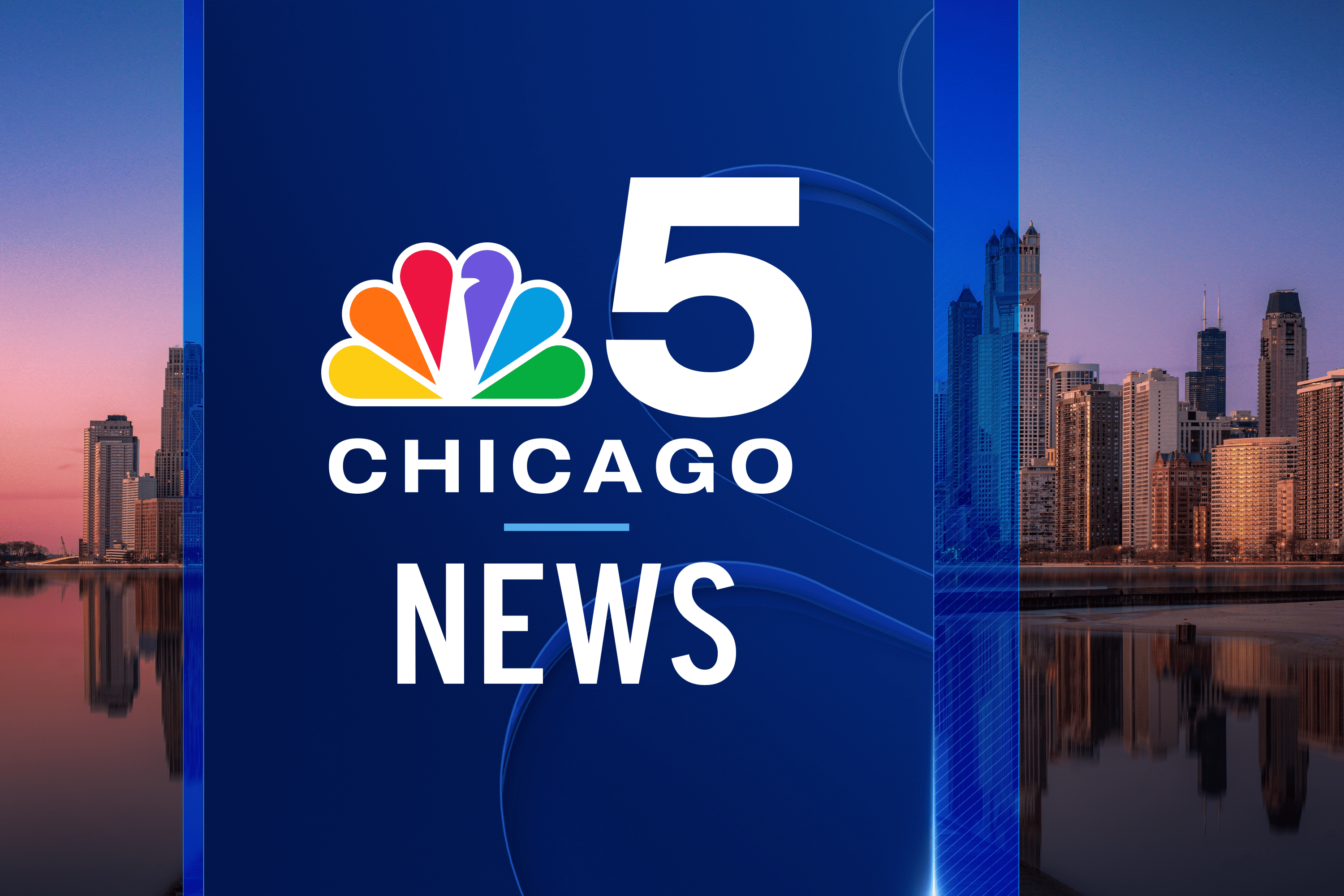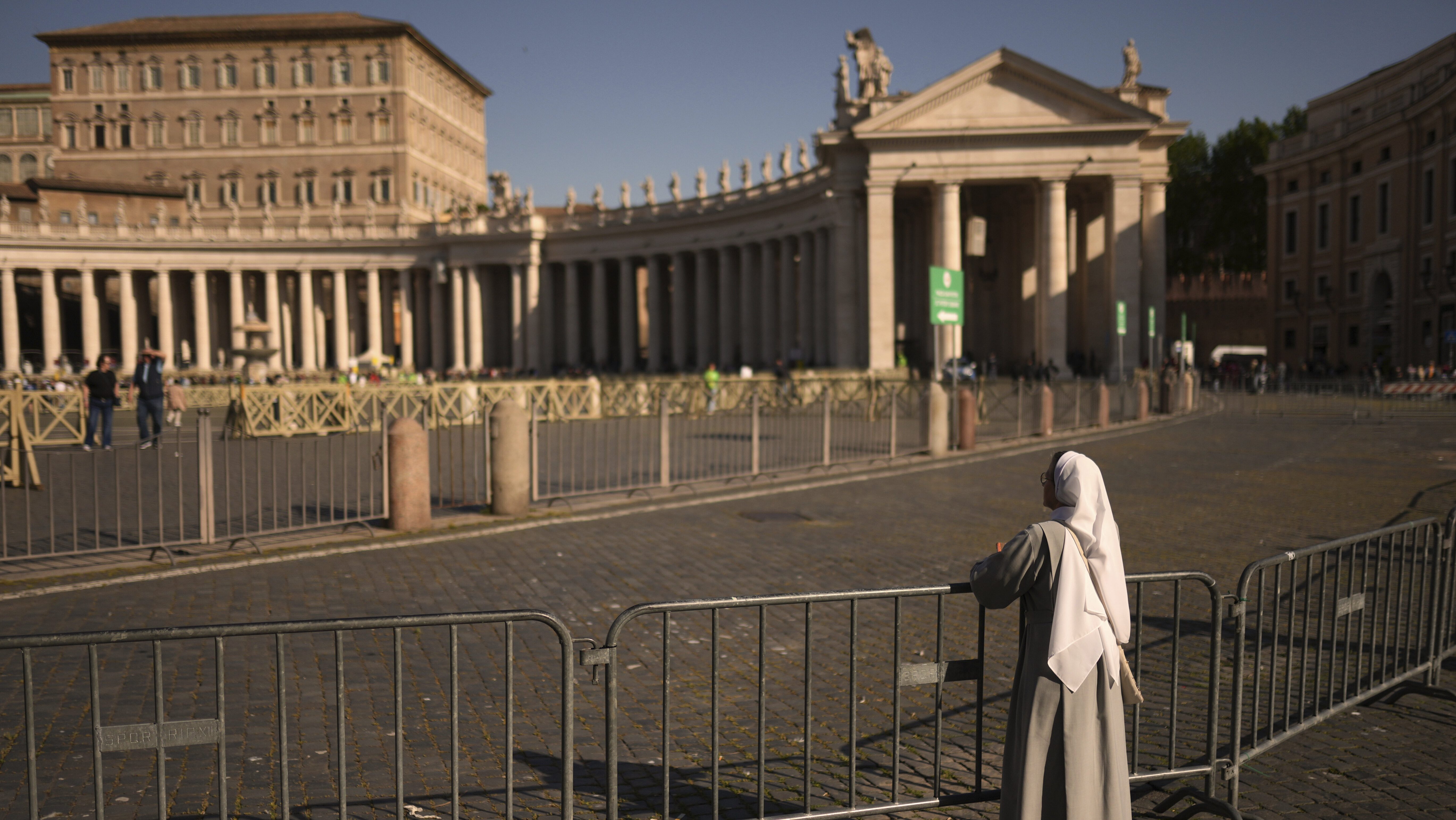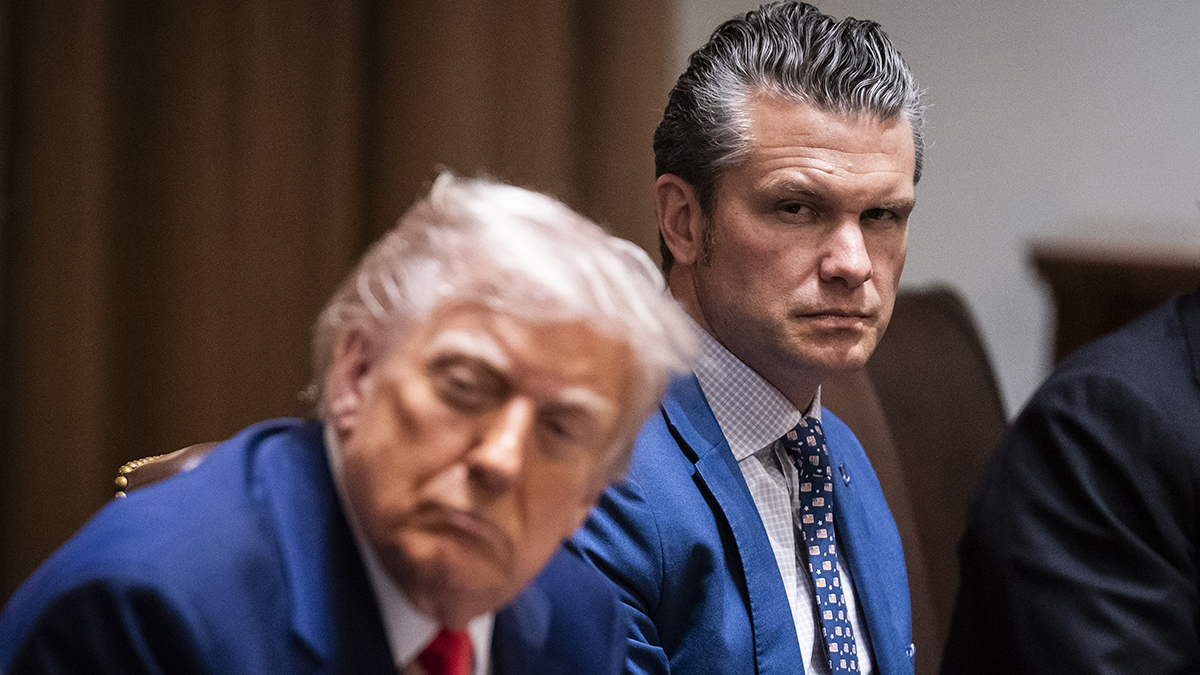Former President Barack Obama unveiled plans for his future presidential center Wednesday, painting a picture of a buzzing hub for youth and community programs on the South Side of Chicago where he raised his family and launched his political career.
“The thing that is most exciting to us is to create an institution that will train the next generation of leadership…so that they can take up the torch and lead the process of change in the future,” Obama said at a forum near the site. “It’s why we are calling it a presidential center and not just a library.”
Renderings of the center show three buildings, including a tower-like museum and tree-lined walkways. The center, along Lake Michigan on Chicago's South Side, could span up to 225,000 square feet and will include a public plaza, ample green space and classrooms, foundation officials said.
"We will have basketball," Obama joked as architect Dina Griffin discussed features of the library's design.

Obama said he envisioned recording studios where musicians could help young people work on music and space for movie directors could take on community storytelling. The center will also have exhibits with campaign memorabilia and personal artifacts.
"Let's face it, we want to see Michelle's dresses," he joked.
Chicago has a lot to offer, Obama said, but most people outside the city only see headlines about the violence. He says he hopes the center will become a hub of activity for Chicago's South Side.
Excited by the potential of the Obama Pres. Center. Barack & I will continue to champion the issues close to our hearts, including girls ed. pic.twitter.com/3VVtNyKHLK
— Michelle Obama (@MichelleObama) May 3, 2017
Though the buildings themselves will not be constructed for approximately four years, the former president said, the Obamas planned to launch initiatives this year in conjunction with the library.
"This isn't just about a building, this is about reaching out right now," Obama said. Griffin added that for her, "this is about building a movement."
One of those initiatives is a summer jobs program. Obama announced he and the former first lady will personally donate $2 million so Chicago's "young people can get to work."
U.S. & World
He said there would be future community meetings to discuss other aspects of the center in Jackson Park, and hoped it could be used to spurn economic activity to the area, which includes several downtrodden neighborhoods. Obama projected the center would create thousands of jobs, including temporary construction jobs and up to 300 permanent positions.
However, the design doesn't come without controversy. Obama noted that in order to create the campus-like setting they envision for the center, they would need to close Cornell Drive, a major thoroughfare that runs through Jackson Park. It is likely to draw backlash from drivers who use the roadway.
The Obama Foundation has said almost half of the exhibition design work for the museum will be performed by minority- and women-owned businesses. New York-based Ralph Appelbaum Associates will head a team of several firms and individuals with expertise in media, lighting and acoustics in designing exhibits. The former president received a friendly hometown reception from the crowd, which included Mayor Rahm Emanuel, his one-time chief of staff.
The project is expected to cost hundreds of millions of dollars, but officials did not discuss cost on Wednesday.
Multiple locations in three states — Illinois, New York and Hawaii — pitched proposals for the center. But Obama squashed any notion that the library was ever going to be elsewhere.
"The best things that have happened to me in my life, happened in this community," he said. "Although we had a formal bidding process to determine where the presidential library was going to be, the fact of the matter was it had to be right here on the South Side of Chicago."
It was Obama's second public appearance since he left office, providing another glimpse of post-presidential life. Last week, he participated in a University of Chicago panel with students, saying young people are the key to solving the nation's most pressing problems and he hoped his center would play a role in it.



